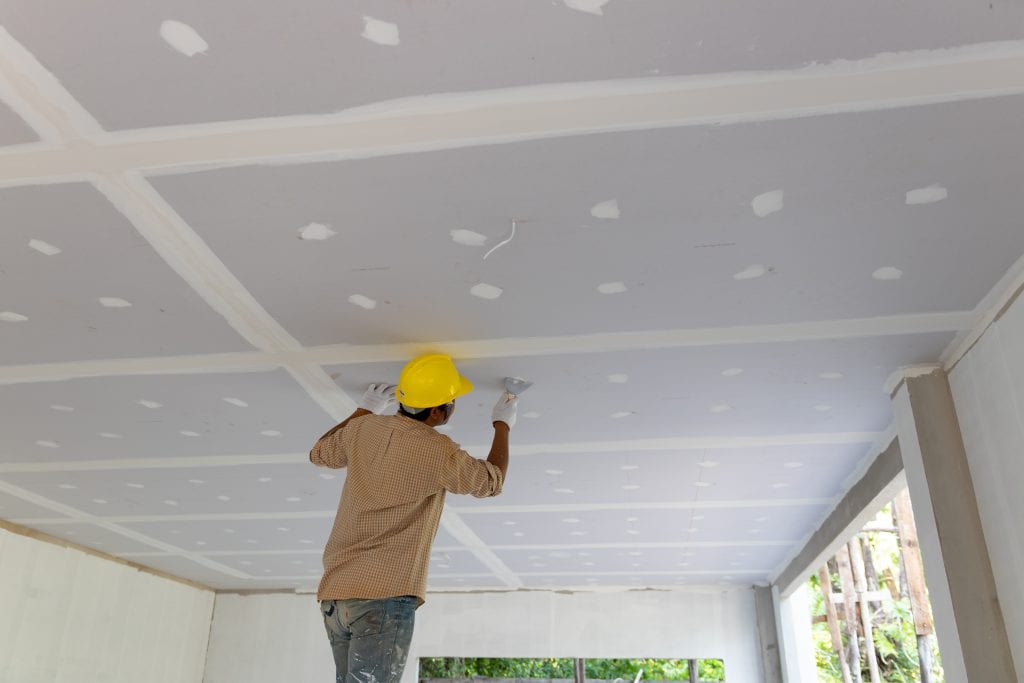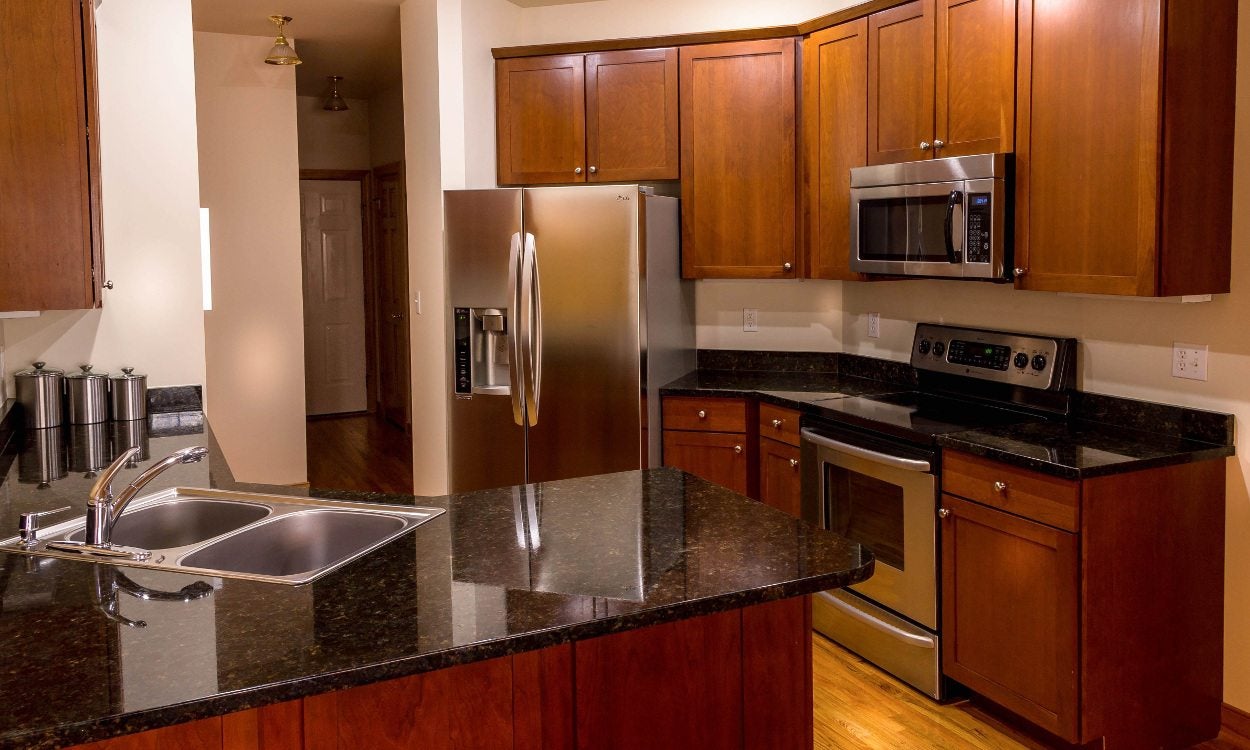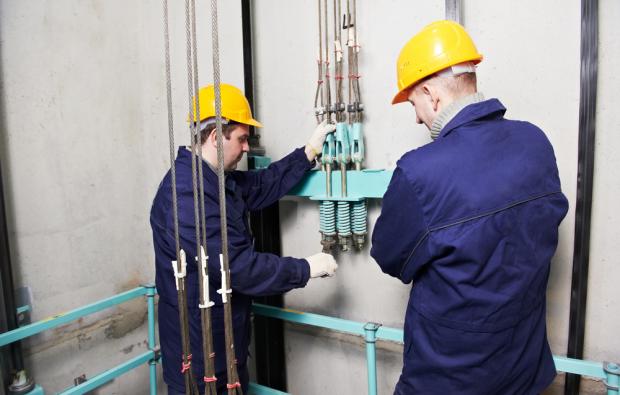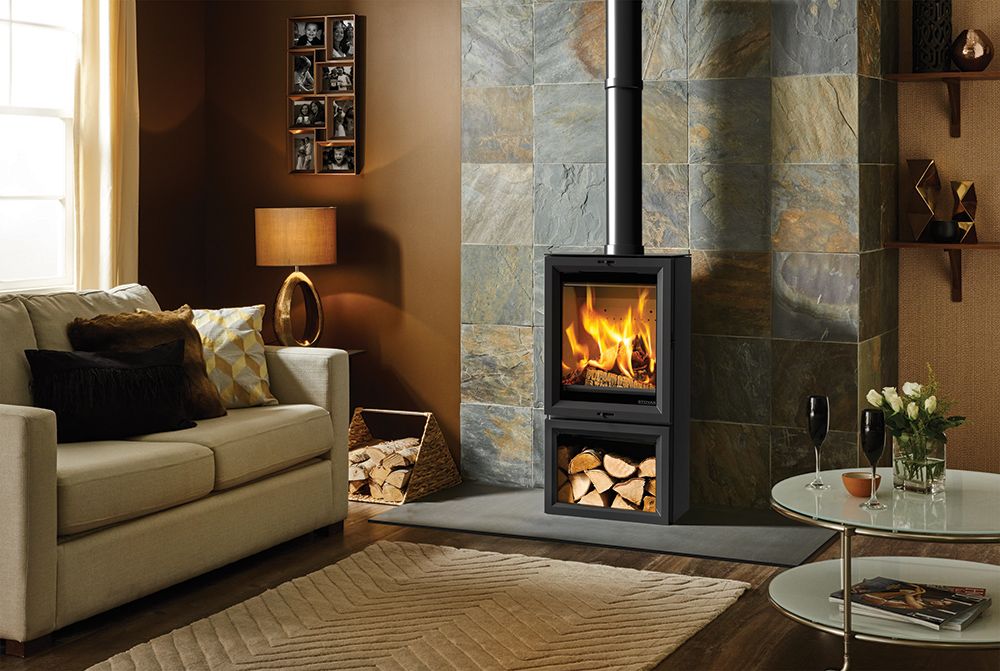If you are looking for a way to improve the ceilings in your home or commercial premises this article is for you. Here we give you an overview of your options and briefly explain the pros and cons of each one.
Re-plastering
Most domestic ceilings are made from plasterboard that is skimmed with a thin layer of plaster. If the finish goes, one option is to have the ceiling re-skimmed.
Unfortunately, this can work out expensive and be time consuming. If your ceiling is in very poor condition, it may need stripping back to the boards. In some cases the boarding itself may need to be replaced.
Covering an existing ceiling
Normally, the easiest option is to cover over the existing ceiling. This can be done very quickly. With this technique, it is easy to achieve a perfect finish.
The process is relatively simple. First, a grid is installed. The new ceiling material is attached to this lightweight grid, which is normally made of metal.
Absolutely any size or type of ceiling can be covered in this way. The only issue is normally that the light fixtures, and any air vents have to be moved to sit proud of the new ceiling.
Normally, the new panels are hung onto the grid. In some configurations, the grid is visible, but you can choose whether the grid is visible or not. Some systems allow the grid to be completely hidden beneath the panels.
Modern Beplas hygienic ceiling protection comes in both configurations. The idea behind their ceilings is that they are easy to keep hygienically clean, which makes them perfect for use in food production, clinics, hospitals and other environments where hygiene is an important consideration. This kind of ceiling is also becoming increasingly popular in domestic kitchens and bathrooms because they are easy to wipe down and keep clean.





